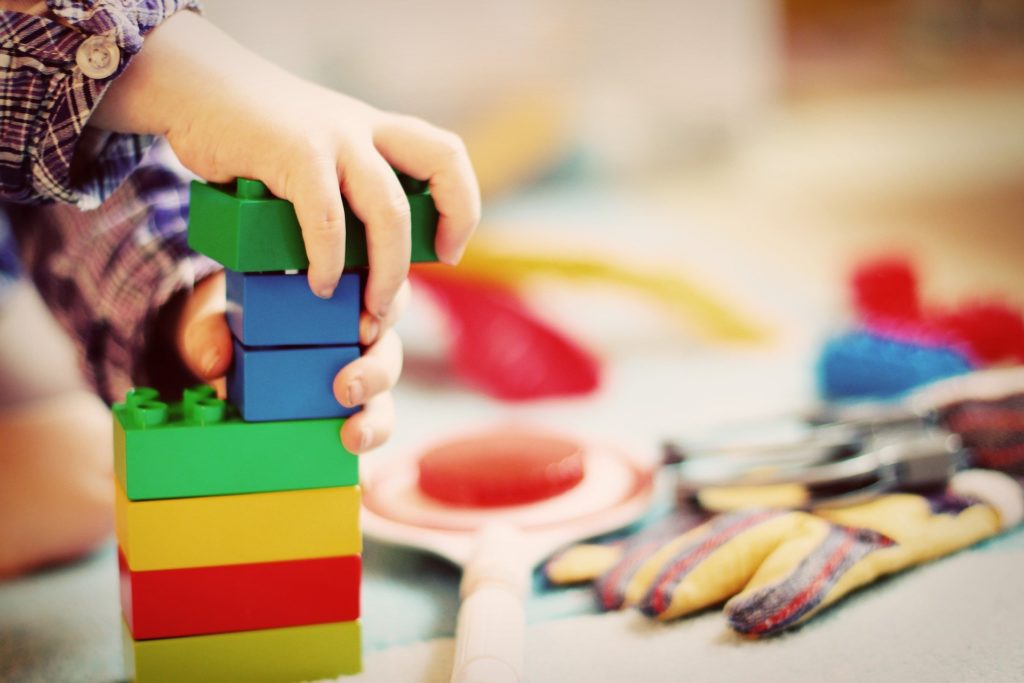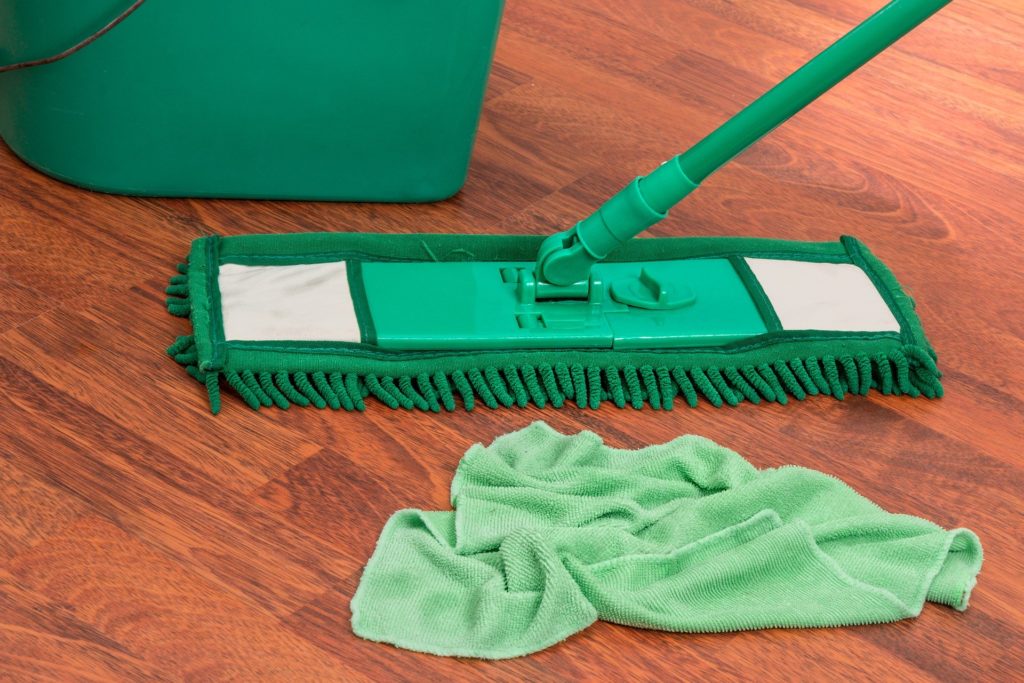Leaning how to homeschooll isn’t easy! I remember well our first year. There was a steep leaning curve for the kids and for me, too, juggling both hats as mom and teacher. Whether it’s your first year or you’re just considering getting started, you need tips for new homeschoolers from experienced moms to make your day go more smoothly and maintain some sanity!
There’s just a lot to learn when you start homeschooling. So much, in fact, that I wrote a book to encourage and help new homeschoolers. You can grab a copy on Amazon.
Tips for New Homeschoolers
Homeschool Tip #1. Playing is learning.
Kids need to play. Sometimes as adults, we think our children are only learning if they are doing a worksheet or completing online learning, but that couldn’t be further from the truth! Just think about the last time YOU learned something new, whether it was baking a new recipe or learning something online (yep – that’s an adult version of play). You were probably chasing your interests and more than likely wanted to try it out or do it hands-on in order to master it. Our kids are exactly the same! Let them chase their interests.
Your little guy will learn so much through free creative play, hands-on building, creating, exploring, and being out in the fresh air. Go outside on nature walks, make salt maps, write spelling words with side-walk chalk, do jumping-jacks as you recite math facts, do art projects, paint, make homemade cards to send in the mail, build a 3-D city out of Legos, sew a Roman toga, make a cell out of jello. Learning occurs when we’re having fun!
READ: 120 Pretend Play Ideas for Nurturing Imagination

Homeschool Tip #2. Chores are learning.
Realization #101 of homeschooling is, “uhhhh…this house is REALLY messy.” Yes, yes it is! When you and the children stay home, the whole house is used more and gets a lot messier a lot faster! More meals are being prepared which means more kitchen cleanup and more mess. More people + more use = more mess. The answer? Assign chores! I learned early on that I couldn’t concentrate on teaching my kids if the kitchen and house were a wreck. Our solution? We do a 10-minute declutter right after breakfast with the whole family. We set the timer, put on some music, and dash around racing the clock and each other to see how fast we can get everything picked up and stashed back in place.
It’s not perfect, but in 10 minutes, we can usually get the house into somewhat decent shape. I pop in a load of laundry while the kids brush teeth. Each child has assigned daily chores and a once a week chore as well. Yep, even toddlers can do chores! Learning how to work hard and work as part of a team is as important to your child’s future as learning academics! Learning to take care of baby or help little sister is important learning, too. We all focus better on our studies when the house is (somewhat) clean.

Homeschool Tip #3. Build a routine.
Kids thrive on a routine, but often resist a strict schedule. A routine is a flexible plan and order for what you are hoping to accomplish in a day. For example, we eat breakfast, do Sunshine chores (morning clean-up), then begin our schoolwork. We eat lunch all together and do a Bible devo with scripture memorization and Bible trivia questions while we eat. By lunchtime, the littles are done, but my older children usually have more schoolwork, so baby goes down for a nap and my 5-year old is free to play while my older children head back to the books. Everyone is usually done by around 2pm.
In the afternoon, they enjoy free playtime or time with friends. Some days, they have activities going on. At 5 pm it is “Tech Time” in our house (aka, time you can use a device like a tablet, computer, TV, etc.) It’s not required, of course, but the kids usually all get on a screen of some sort while Mom cooks dinner. After their Tech Time, they complete their dinner chores and then we eat as a family. After dinner, kids have activities some nights and others we spend time as a family before it is bedtime. Then, repeat and do again!

Homeschool Tip #4. Focus on the basics.
The basics, of course, are the old 3 Rs: reading, writing, and arithmetic. There are many subjects you might attempt to cover in a single school day, but these are the most important. Let’s be honest, sometimes math or reading is just an outright struggle and our kids put it off or whittle away their school time on…well, anything else. We have found it helpful to put your most distasteful subject FIRST in the school day to make sure it gets done when your child’s mind is fresh. In our house, that means math is first thing right after breakfast and chores. We create a routine-within-a-routine of what school subjects will occur in which order. If you’re not sure where to start, here are some no-fail ways to make sure the 3 R’s are reinforced daily:
- Read together. Read picture books aloud with littles. Read chapter books out loud with older kids. This doesn’t even have to be a part of your official “school day”. Our favorite time to read aloud is bedtime!
- Read alone for 15-20 min. daily. Ten minutes might be enough for beginning readers and your older kids might enjoy reading for 30 or 40 minutes or more! Let ‘em read!
- Write for 15 min. daily. Writing doesn’t have to be scripted or formal. Have your child write letters to relatives or the elderly from your church, find a penpal, write a daily journal, write in response to literature, write a letter to a character in a book or an author, write a report on a topic that fascinates them, write “a day in the life of the Corona virus”, write a persuasive essay on why they should be allowed to wear pajamas every day, write down all your favorite recipes, write out how-to instructions to build something or do something. Be creative and have fun!
- Handwriting, Spelling, Grammar. If you’re planning to homeschool permanently, you will definitely want to include these subjects for the long haul and there are some great resources out there to choose from. But if you’re a temporary homeschooler, you can get by with just working on these gradually as your kids complete their writing assignments. Just spot check their spelling, edit together focusing on a few errors (not everything), and encourage best handwriting to make it pretty.
- Math. Math is sequential and needs step-by-step methodical learning. More than any other subject, it’s the one where I always rely on a prepackaged curriculum to make sure we are not skipping concepts. However, if you are a temporary homeschooler or on rough days when you need kids to be a bit more independent, it never hurts to drill, drill, drill! Starting in kindergarten, kids need drill to learn counting, then it just continues with addition facts, subtraction, multiplication, then division! There are so many online games and YouTube songs to learn counting and math facts, but good old-fashioned hand-made note cards and writing out the facts and reviewing with a partner are still the gold standard in our house.

Homeschool Tip #5: Follow their interests.
Most kids are fascinated by science and history topics. While there are some great formal curriculum out there for homeschoolers, there are also plenty of ways to explore these subjects authentically without purchasing anything! If possible, go to the library and let kids check out non-fiction books on a topic they’re interested in. Watch documentaries, do online searches, livestream zoos, livestream aquariums, listen to podcasts, interview relatives, and go on virtual tours of museums.
Integrate science and history into writing by asking your student to write down their interview, answer the 5 Ws (who, what, where, when, and why) about a historical person or event, or write up a report on a subject. Want to make it really fun? Have your student write up a weather report or a featured news article and then make a video broadcast.
READ: Should I Homeschool? 10 Key Questions to Help You Decide

Homeschool Tip #6. Create something together.
Learning can be lots of fun when you add in hands-on crafting and creating. There are tons of ideas for arts & crafts on Pinterest like this one as well as simple science experiments like this. Baking is a great way to teach science as well as measurement in math, plus it’s delicious and fun quality time! Do some sensory play for younger kids. You can grab my FREE list of quick and easy sensory play ideas here. Teach your kids how to use scissors or have fun painting. Consider learning something like calligraphy, sewing, or robotics for older students.

Homeschool Tip #7. Take brain breaks.
A typical school day in a classroom is broken up by bathroom breaks, recess, changing classes, participating in “specials” like art or PE, lining up, and even walking to lunch. When you are at home, it can be tempting to expect your child to sit at the table for long periods and plow through all subjects. But realistically, it just doesn’t work that way. Kids need brain breaks and moms need them, too! Your day will go more smoothly if you expect some wiggle time and even build it in! One of the greatest things about homeschooling is having the flexibility to take a break as needed! Try out these ideas and see how they work:
- Take a walk
- Listen and sing-along to an upbeat song like this
- Put on a brain break Youtube song video
- Play in the back yard for 10 minutes
- Have a snack
- Watch a YouTube exercise video
- Ride your bike around the block
- Do 10 minutes of martial arts or dance practice
- Take a baby break (my personal favorite) – if you have a baby or toddler in the house, take a break from school just to snuggle, be silly, and hear some baby giggles
READ: Overwhelmed Mom: 5 Tips for Less Stress

Homeschool Tip #8. Keep ‘em hydrated & fed.
Hungry kids = cranky kids. If your child is fussing or dragging their feet on an assignment and you’ve ruled out being tired and the other usual culprits, they just might be hungry or need more liquids. This past year in our house, we changed to a system where each kid has easy access to their water all day or carries around a spill-proof cup. One smart momma I know bought each of her kids a small basket from the $1 store and filled it each morning with two or three healthy, high energy snacks as well as drinks. Her kids are encouraged to self-pace their snacking as needed throughout the day but can’t ask for anything else.

Homeschool Tip #9. Give kids your full attention.
A mommy’s to-do list is never complete and as moms, we are masters at multi-tasking. After all, there is SO much to do! It is super tempting to try to juggle laundry, dishes, texting, Instagram, phone calls, etc. while facilitating school. Tempting, but not worth it.
Mom-to-mom, the best advice I can give you is to put your phone down and give your full attention to your children.
Enter fully into learning together with them. Read together, compute math problems, race to finish assignments. Your child will enjoy school more when he’s able to share his learning! Be present and committed to several hours each day to school your child. When I was a public-school teacher, I never would have even considered checking Facebook or answering a text during school hours. Do the same in your homeschool. Let your kids see that they are your first priority. The phone and the laundry can wait. Snuggle up together and start learning.

Homeschool Tip #10. Relationships are more important than academics.
Some days won’t go according to plan. Ok, so a lot of days may not go according to plan, especially right at the beginning. It takes a little while to hit your stride. Even after you think you’ve finally found your rhythm, you’re likely to get derailed and thrown off-track at some point. Show yourself some grace. Show your kids some grace. Homeschooling is a learning curve for everybody.
There is so much to learn and a LOT of together time. Ok, some days there is TOO much together time. When you find yourself snapping at everyone, try to take a mommy break (yes, you need them, too!) and remember that your relationship with your child is SO much more important than the paragraph she is refusing to write. Molding his heart is of greater value than finishing the last 5 math problems.
When your child is refusing to work, being defiant, or dragging their feet, then stop and take a break for both of you. Dive below the surface and try to figure out what is going on. Is the workload too much? Is he tired or hungry? Has he mastered the concepts needed to do what I’m asking? Is this too hard? Prioritize compassion, gentleness, and patience for your child and for your own self, too. Your relationship together and the guiding of a heart is of much greater value than the academics.
READ: Why I Homeschool My Kids
10 Tips for New Homeschoolers. You got this, Mom!
I’d love to have you join me on your teaching and mothering journey! Let’s stay connected.



Pingback: Why I Homeschool My Kids - Maestra Mom - Why Choose Homeschooling